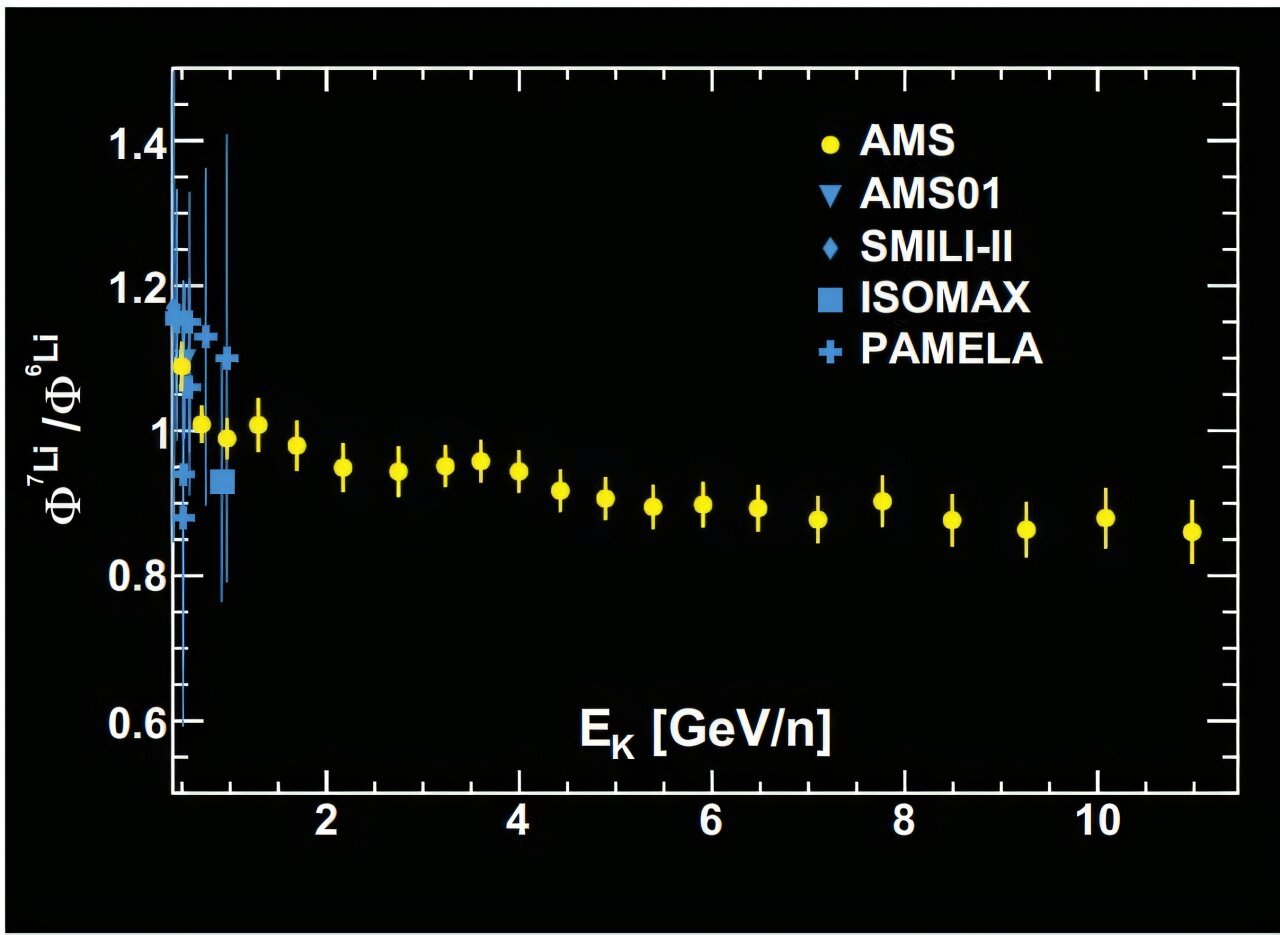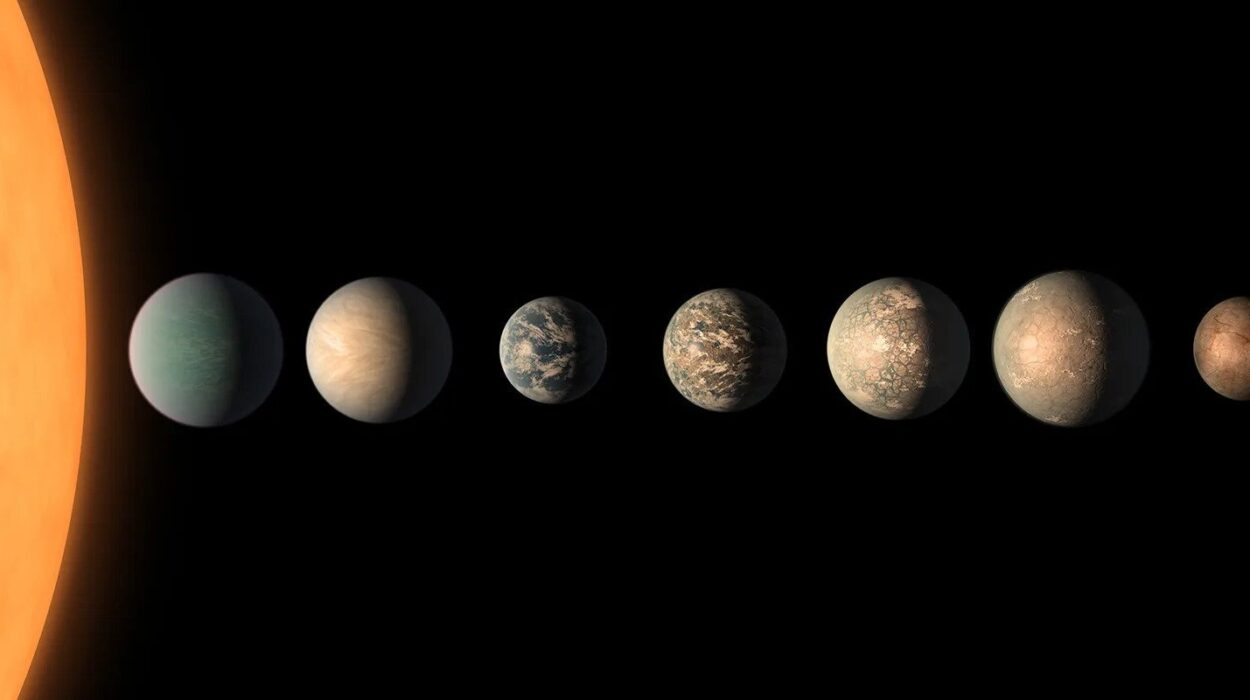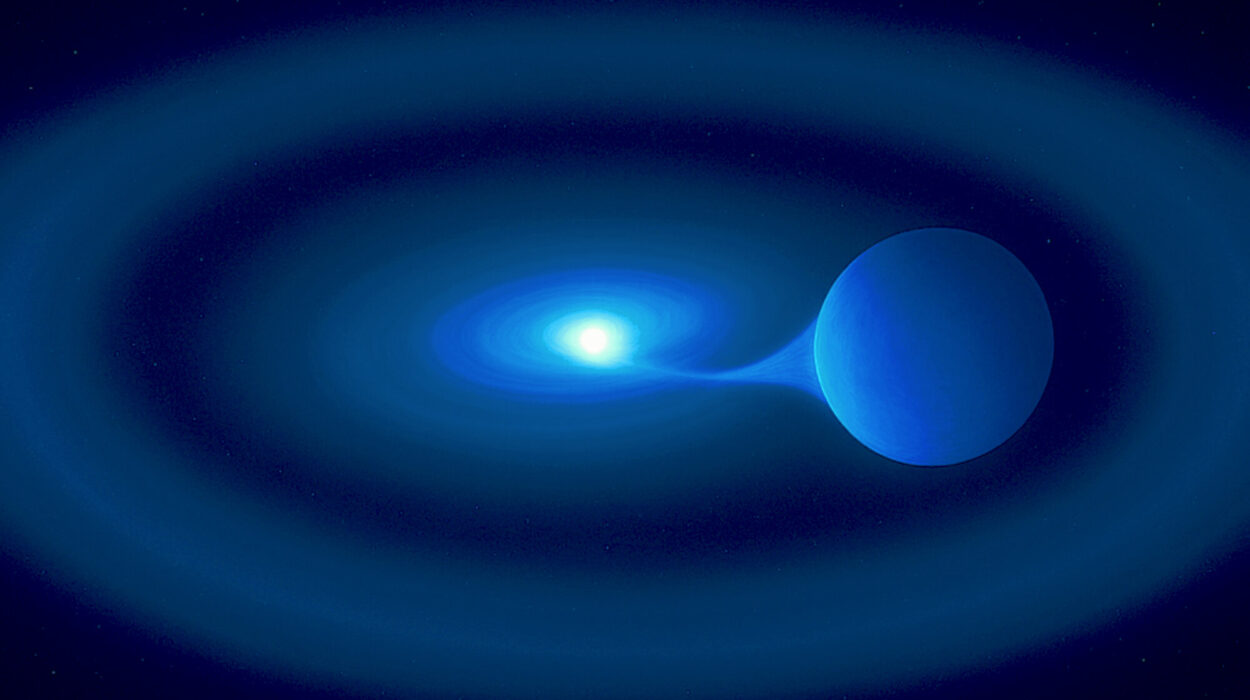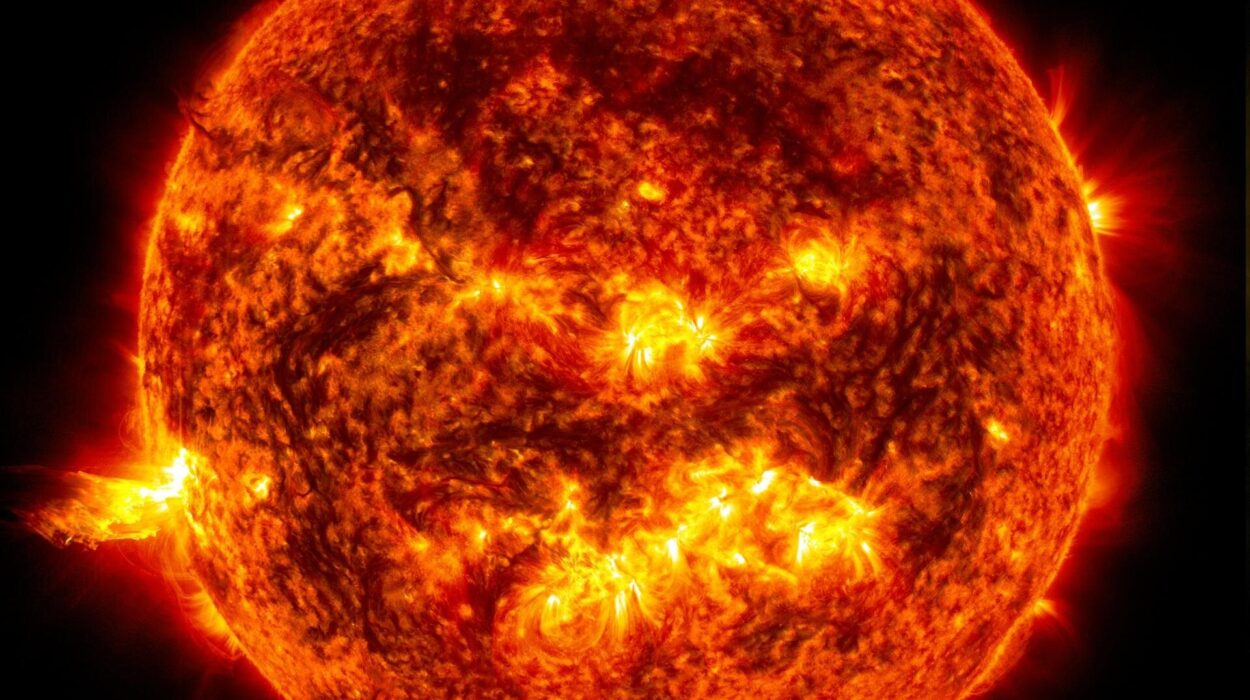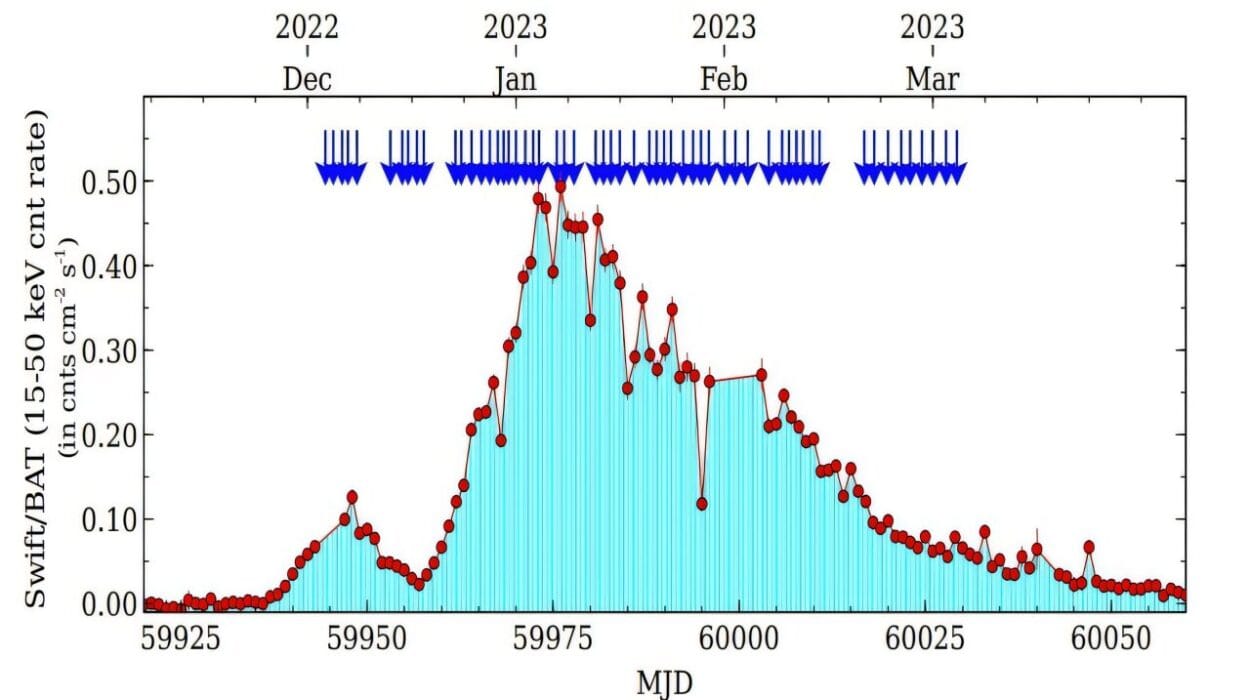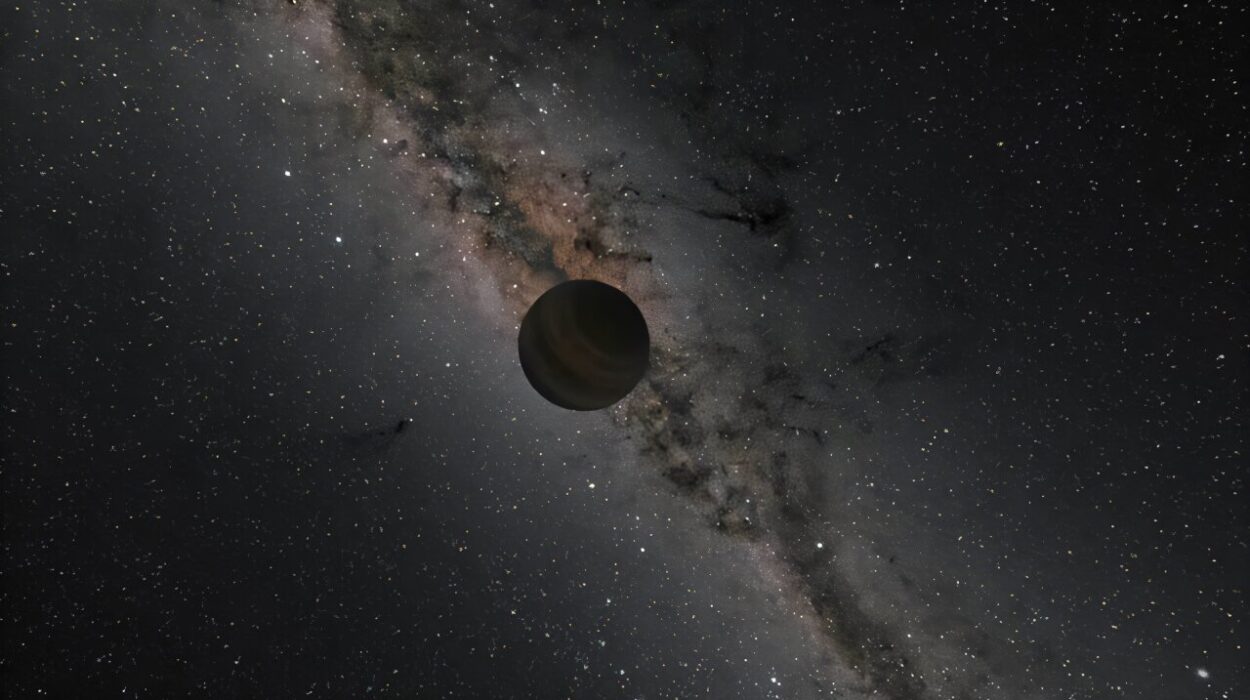For over half a century, lithium—the silvery, soft metal often associated with smartphone batteries and mental health medications—has remained one of the universe’s most elusive mysteries. Not for its behavior on Earth, but for where, when, and how it came into existence in the cosmos. As the third element on the periodic table, lithium (Li) holds clues to some of the biggest questions in astrophysics: How did the universe begin? What forces shaped its chemistry? And why is lithium found in such odd proportions across the stars?
Now, after twelve years of watching the heavens from aboard the International Space Station, an international team of researchers believes they have cracked part of the lithium puzzle. Using the Alpha Magnetic Spectrometer (AMS-02), a sophisticated particle physics detector mounted on the ISS, scientists meticulously tracked over 2 million cosmic lithium nuclei. Their findings, recently published in Physical Review Letters, offer the most precise measurements yet of lithium’s cosmic presence—and provide strong evidence favoring one explanation for its origin while casting doubt on another.
This isn’t just a story about an element. It’s a tale of time, stars, interstellar explosions, and an unrelenting quest to understand the fundamental materials that make up our universe.
The Lithium Conundrum: Too Much, Too Little, and Too Strange
Lithium, while chemically simple, has a cosmically complicated backstory. It exists in two stable forms, known as isotopes: lithium-6 (^6Li) and lithium-7 (^7Li). These variants differ in the number of neutrons in their nuclei and carry different origin stories.
There are three main theories about where cosmic lithium comes from. One suggests that lithium is born in the titanic collisions between high-energy cosmic rays and interstellar atoms—a kind of chemical shrapnel left behind by galactic violence. Another points to a more ancient source: the Big Bang itself, where the conditions of the universe’s first three minutes may have forged the earliest lithium alongside hydrogen and helium. A third possibility? That certain stars—low-mass ones or explosive novae—forge lithium by transmuting other elements like beryllium.
Each origin story sounds plausible, yet none can fully explain the lithium levels observed today. If ^7Li really did originate during the Big Bang, for instance, we should be able to detect it in primordial gas clouds and in the atmospheres of ancient stars. But there’s a catch: the amount predicted by Big Bang nucleosynthesis doesn’t match what astronomers actually observe. There’s either too much or too little depending on where you look. And ^6Li? It’s even more elusive.
These inconsistencies have puzzled scientists for decades, especially as cosmic-ray models and observational data failed to line up. Until now.
Space Lab in Orbit: How AMS-02 Watches the Universe
Enter the Alpha Magnetic Spectrometer, one of the most ambitious cosmic experiments ever launched. Affixed to the International Space Station since 2011, AMS-02 is a kind of interstellar forensics lab, designed to detect and analyze cosmic rays—charged particles that zip through space at nearly the speed of light. Cosmic rays are like cosmic messengers; they carry vital clues about the events that shaped the universe, from supernova explosions to galactic collisions.
AMS-02 works by bending the paths of these high-speed particles using a powerful superconducting magnet. As they pass through a stack of five precision detectors, scientists can determine each particle’s charge, velocity, and energy. This level of granularity allows researchers to distinguish between different atomic nuclei, even those that are rare and fleeting, like ^6Li and ^7Li.
Between May 2011 and October 2023, AMS-02 observed nearly 1 million ^6Li nuclei and over 1 million ^7Li nuclei—a staggering sample size for such rare particles. But quantity wasn’t the only triumph. The real breakthrough came from the precision and range of the measurements.
Breaking the Rigidity Barrier
Most previous studies of lithium isotopes focused on particles with a rigidity—a measure of momentum divided by charge—of less than 1.9 GV. But that’s like trying to understand ocean currents by studying only the surface waves. To truly grasp how lithium behaves in cosmic rays, researchers needed to look deeper and wider.
In this new study, the team analyzed lithium particles with rigidities ranging from 1.9 to 25 GV, opening up a much broader energy spectrum than had been previously studied. Rigidity is a critical property because it determines how much a charged particle bends in a magnetic field, and in space physics, it offers insight into how cosmic rays propagate and interact with interstellar matter.
As the team examined this wider rigidity range, a fascinating pattern emerged. Both ^6Li and ^7Li displayed nearly identical time variations, suggesting they responded to cosmic conditions in tandem. Above about 4 GV, their behavior mirrored that of other cosmic ray nuclei—helium, carbon, nitrogen, and oxygen. This kind of synchronicity hinted at a common origin.
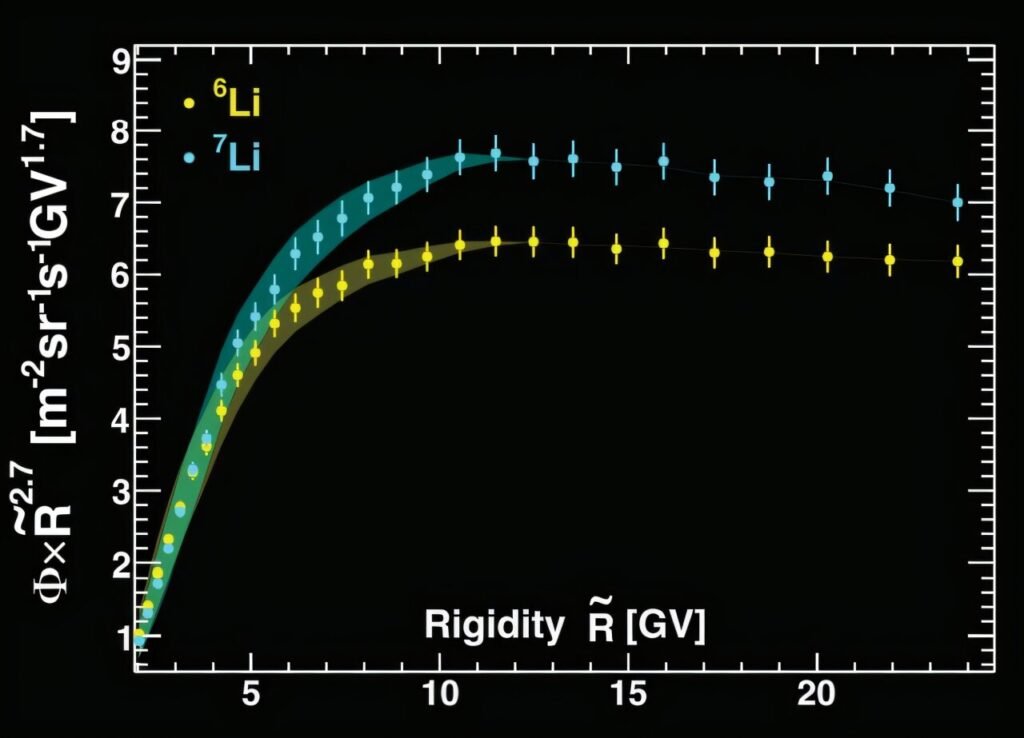
Even more compelling, above 7 GV, the two isotopes showed the same rigidity dependence. That means their production mechanisms were likely governed by the same physical processes—specifically, the spallation (fragmentation) of heavier cosmic-ray nuclei like carbon and oxygen when they slam into atoms in the interstellar medium.
Ruling Out the Primordial Theory—At Least for Now
This alignment in behavior across rigidity and time gives a major boost to the idea that both lithium isotopes are primarily secondary products—born not in the Big Bang, nor in stellar cauldrons, but from high-energy collisions in the galaxy. If ^7Li had a major primary component, such as leftover Big Bang residue or stellar fusion output, it should have shown a different pattern than ^6Li. But it didn’t.
Instead, the data strongly point to a single, shared origin story: both ^6Li and ^7Li are produced when fast-moving cosmic-ray nuclei collide with interstellar atoms, causing them to break apart and reassemble into new, lighter elements.
This doesn’t entirely eliminate the possibility that some lithium was made in the early universe or in stars. It simply suggests that, when it comes to the lithium found in cosmic rays today, the overwhelming majority comes from secondary processes. And for scientists trying to reconcile decades of conflicting data and models, that’s a big step forward.
Why This Matters: More Than Just Elemental Trivia
So why does it matter where lithium comes from? Because understanding its origins unlocks a cascade of insights into the workings of the universe. For one, it helps refine our models of cosmic-ray propagation—the processes that affect how particles move through the galaxy. These models are crucial for interpreting not just lithium data but also the behavior of antimatter, heavy nuclei, and even potential dark matter signals.
Moreover, lithium’s abundance (or lack thereof) acts as a litmus test for the Big Bang model. If the predictions from early universe physics don’t match what we observe, it could mean something is missing from our understanding of the first few moments after the Big Bang. That, in turn, could have implications for everything from particle physics to the evolution of galaxies.
On a more practical level, improving our understanding of cosmic rays and their interactions helps pave the way for safer space travel. Astronauts venturing beyond Earth’s magnetic shield will face constant bombardment from cosmic rays. Knowing what those particles are made of, where they come from, and how they behave helps in designing better shielding and predicting radiation exposure.
The Road Ahead: A New Era of Cosmic Chemistry
This study is not the final word on lithium’s origins—but it is a landmark. By gathering the most comprehensive dataset of lithium isotopes ever collected in space, researchers have reshaped the conversation about where these particles come from and what they tell us about our universe.
Future missions and improved particle detectors will likely push this knowledge even further. Perhaps we’ll finally reconcile the cosmic lithium puzzle across all its contexts: not just in rays, but in stars, interstellar gas clouds, and the early universe. For now, AMS-02 has given us a stunning snapshot of an element that quietly links the violence of galactic collisions to the tranquil chemistry of our own bodies.
In lithium’s story, we see the fingerprints of the cosmos itself—etched not in stone, but in the charged whispers of the stars.
Reference: M. Aguilar et al, Properties of Cosmic Lithium Isotopes Measured by the Alpha Magnetic Spectrometer, Physical Review Letters (2025). DOI: 10.1103/PhysRevLett.134.201001
